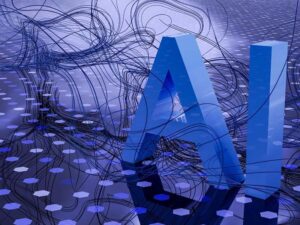Retrieval-augmented generation is emerging as a key strategy for deploying GenAI applications

“Building GenAI business applications today involves integrating large language models (LLMs) with an organization’s internal data and adopting rapidly evolving technologies. However, without a unified management approach, adopting these scattered technologies leads to longer delivery times and potential sunk costs for organizations,” observed Prasad Poore, Sr Director Analyst, Gartner.
Enhancing GenAI application deployment
Retrieval-augmented generation (RAG) is becoming a cornerstone for deploying GenAI applications, providing implementation flexibility, enhanced explainability and composability with LLMs.
By integrating data from both traditional and non-traditional sources as context, RAG enriches the LLM to support downstream GenAI systems.
To effectively navigate the complexities of GenAI application deployment, enterprises should consider these key recommendations:
Evolve Data Management Platforms: Evaluate whether current data management platforms can be transformed into a RAG-as-a-service platform, replacing stand-alone document/data stores as the knowledge source for business GenAI applications.
Prioritize RAG Technologies: Evaluate and integrate RAG technologies such as vector search, graph and chunking, from existing data management solutions or their ecosystem partners when building GenAI applications
Leverage Metadata for Protection: Enterprises should leverage not only technical metadata, but also operational metadata generated at runtime in data management platforms. This approach helps protect GenAI applications from malicious use, privacy issues and intellectual property leaks.
